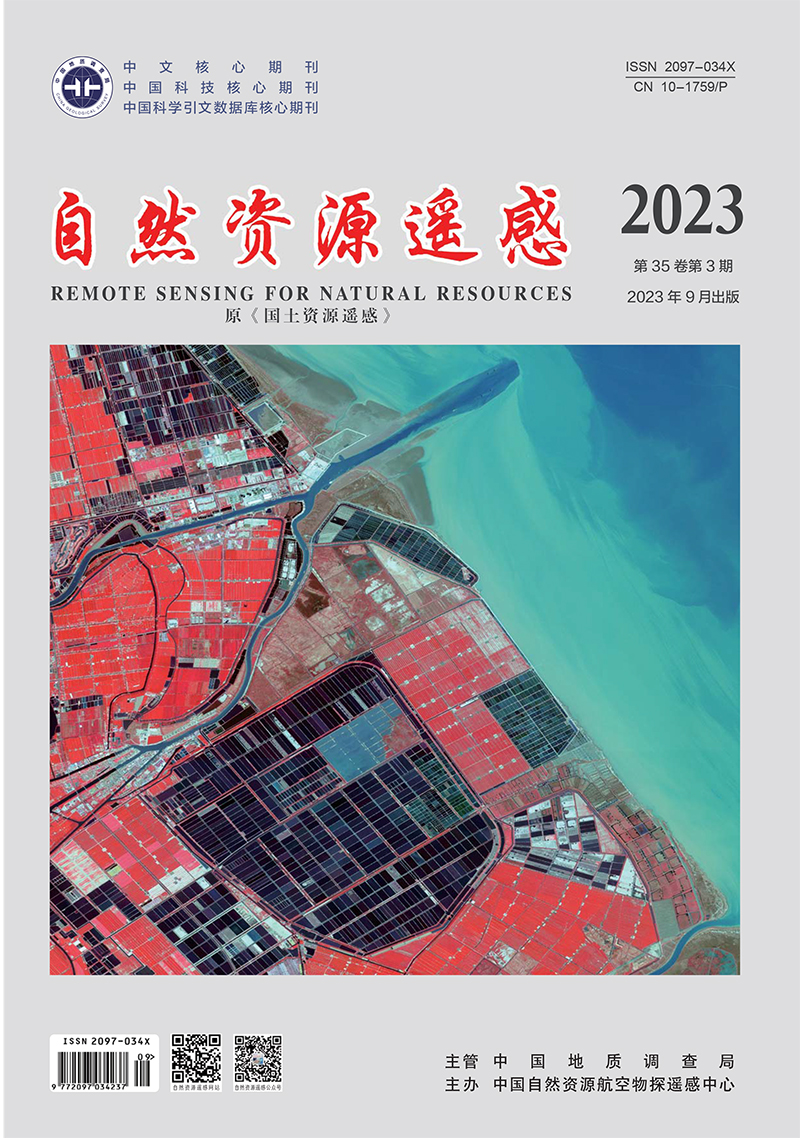WANG Jiapeng, XU Jianguo, SHEN Jiaxiao, ZHANG Dengrong. 2023. Evaluating the remediation effect of heavy metal pollution in the Dexing copper mine based on hyperspectral remote sensing. Remote Sensing for Natural Resources, 35(3): 284-291. doi: 10.6046/zrzyyg.2022196
| Citation: |
WANG Jiapeng, XU Jianguo, SHEN Jiaxiao, ZHANG Dengrong. 2023. Evaluating the remediation effect of heavy metal pollution in the Dexing copper mine based on hyperspectral remote sensing. Remote Sensing for Natural Resources, 35(3): 284-291. doi: 10.6046/zrzyyg.2022196
|
Evaluating the remediation effect of heavy metal pollution in the Dexing copper mine based on hyperspectral remote sensing
-
1. Institute of Remote Sensing and Earth Sciences, Hangzhou Normal University, Hangzhou 311121, China
-
;2. Zhejiang Provincial Key Laboratory of Urban Wetlands and Regional Change, Hangzhou 311121, China
-
;3. Ningbo Yuke Land Survey, Planning and Design Co., Ltd., Ningbo 315000, China
More Information
-
Corresponding author:
ZHANG Dengrong
-
Abstract
Evaluating the remediation effect of heavy metal pollution in mines properly and rapidly holds considerable significance for ecological restoration and rehabilitation of mines. Based on the field-measured vegetation spectra, this study analyzed the typical spectral features of the main vegetation in the Dexing copper mining area. According to the heavy metal content in the leaves of vegetation tested in the laboratory, this study analyzed the relationship between heavy metal content and red edge position-a spectral characteristic parameter. This study calculated the red edge position of the vegetation in 2003 and 2009 using 2-scene Hyperion hyperspectral data, inferring the heavy metal enrichment in the vegetation of the mining area. Furthermore, this study evaluated the remediation effect of heavy metal pollution in the mining area. The results show that satisfactory results have been achieved from the remediation of heavy metal pollution around mine tailings nos. 1 and 2 in typical reclamation areas. Compared with 2003, 2009 witnessed generally satisfactory remediation effects of heavy metal pollution, with most areas being remedied and some newly polluted areas requiring remediation. The method proposed in this study can achieve a quick and reasonable evaluation of the remediation effect of large-scale heavy metal pollution in mining areas.
-

-
-
Access History







 DownLoad:
DownLoad: